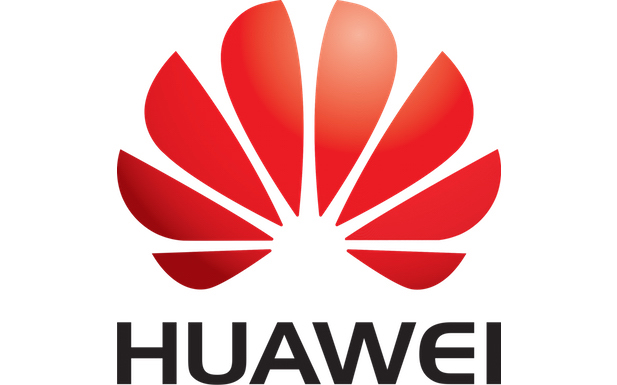Huawei has called for partners as it proposed a new approach to traffic blocking on data networks.
Under the original theory of data blocking, which dates back to 1909, new calls are blocked or queued in a voice system when channels are all occupied without any impact on the users with ongoing services.
With mobile broadband, however, users of data services rely on a best effort method, which impacts the services of all users currently on the network.
“Data service growth and hotspot unpredictability make the measurement of system capacity difficult,” Huawei said in a release.
According to the China-based vendor’s new method, which it has proposed in a whitepaper, system capacity would be evaluated based on both experience blocking and resource usage.
Rather than all bandwidth being shared with all users, the cell capacity would provide logical channels with each able to supply the limited amount of bandwidth required by a specific user.
Depending on the reliability that the operator wishes to provide through each channel, the operator can determine the throughput of the cell according to these requirements.
“For example, assuming 5 Mbit/s is required for each user to play 1080p video without stalling, for a typical LTE cell with an average throughput of 40 Mbit/s, the cell capacity can be equivalent to eight (40/5 = 8) logical channels,” Huawei said.
“During system capacity design, given that the video playback blocking (video stalling) probability is 5 percent, the cell can satisfy the needs of an average of five concurrent video users.
“If an operator requires high video fluency and decreases the video playback blocking probability to two percent, according to the experience blocking traffic theory, a cell with a throughput of 45 Mbit/s (nine logical channels) is needed.”
To support the theory, Huawei’s mLab research unit has launched an application kit including a traffic model analysis and simulation platform, EB table SDK, and related websites.
In addition, it has created an experience blocking table to facilitate scientific planning, system capacity optimisation and to incorporate data service characteristics into the system capacity design.
Huawei said it had submitted the theory to the IEEE International Conference on Communications, due to take place in May.


